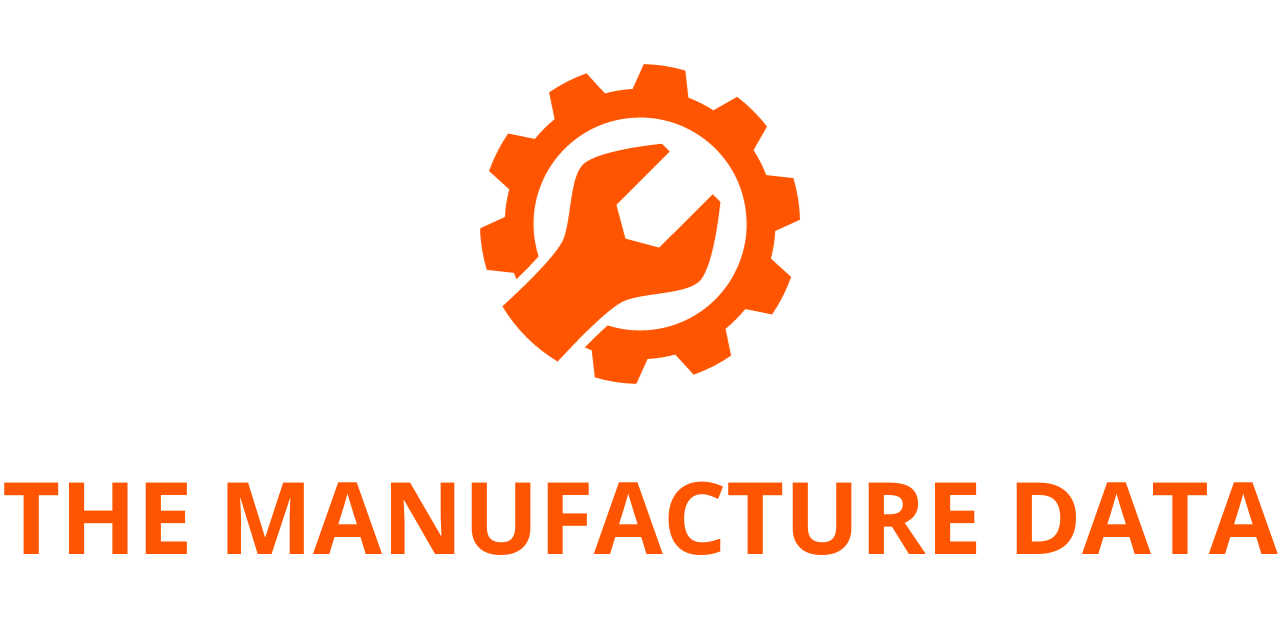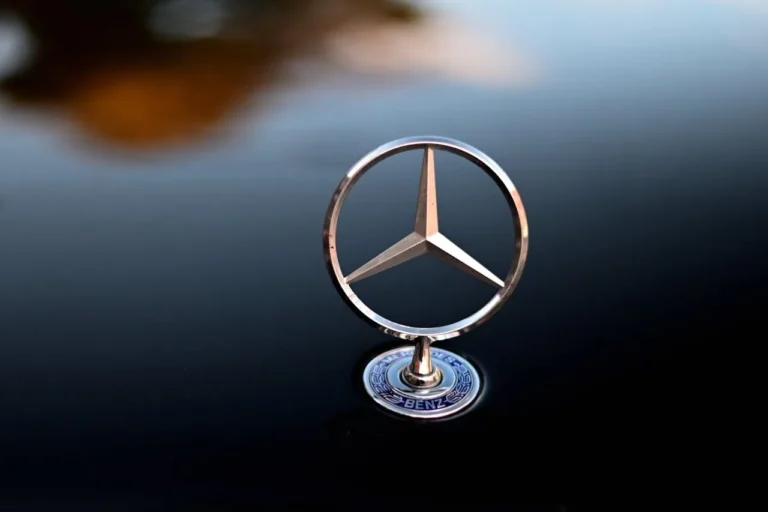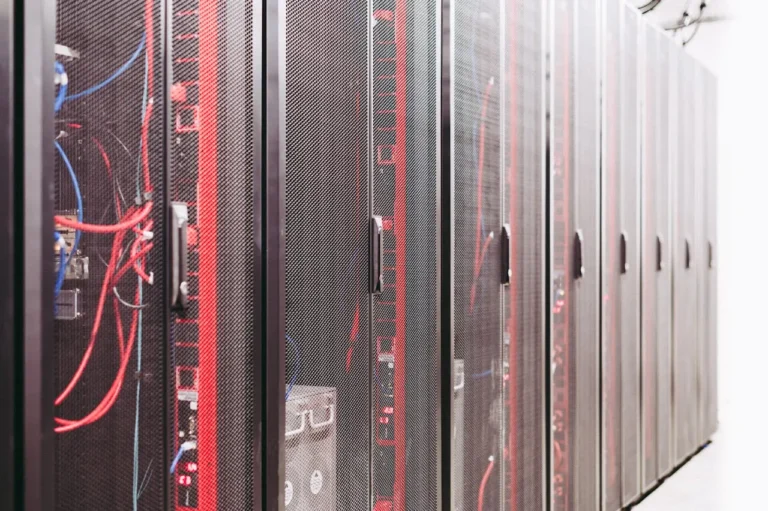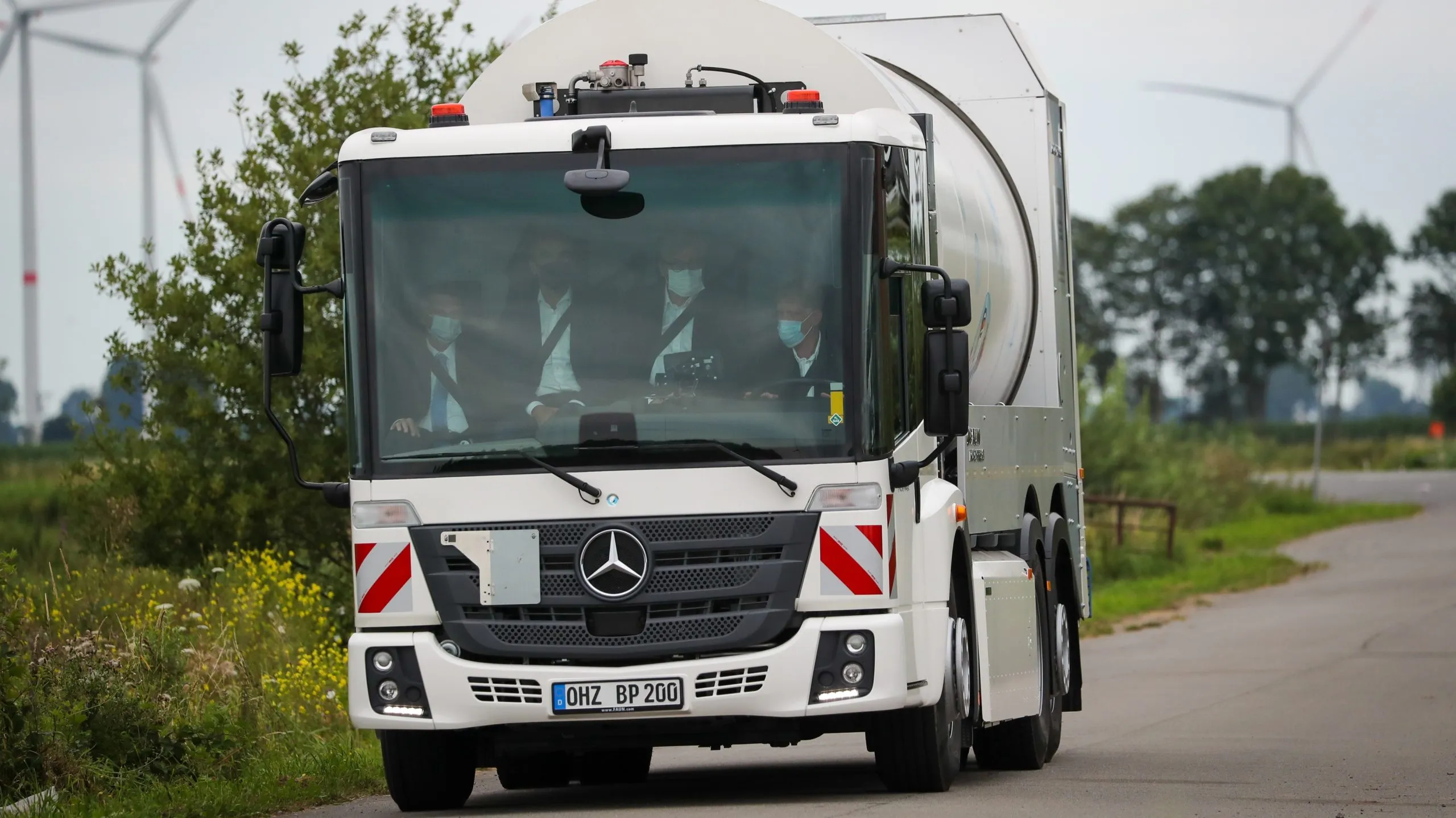
Europe’s Green Transport Revolution: Why Hydrogen Is Key to the Continent’s Climate and Industrial Goals
As Europe accelerates its push toward achieving net-zero emissions, it faces a difficult balancing act: meeting ambitious climate targets while maintaining its global competitiveness. One of the most promising yet underleveraged tools in this transformation is hydrogen—a simple molecule that could provide profound answers to the complex challenge of decarbonizing heavy-duty road transport. According to leading commercial vehicle manufacturer Daimler Truck, hydrogen is not just an alternative; it’s an essential element in the future of clean logistics.
In recognition of the recent German “Hydrogen Week,” Daimler Truck published a detailed opinion piece authored by Dr. Andreas Gorbach, Member of the Board of Management of Daimler Truck AG and Head of Truck Technology. In this piece, Dr. Gorbach lays out a compelling vision for the role of hydrogen in reshaping Europe’s transport sector, arguing that hydrogen is indispensable to reaching climate targets and preserving the region’s leadership in automotive innovation.
A Dual-Technology Strategy: Batteries and Hydrogen Side by Side
Dr. Gorbach’s central argument is that decarbonizing the transport sector cannot rely solely on one technology. He emphasizes that both battery-electric and hydrogen-powered vehicles must coexist to meet the diverse needs of freight transport across Europe’s varied geography and use cases.
“Those who want to lead the transport of the future do not rely on either-or,” says Gorbach. “They rely on batteries AND hydrogen.”
He stresses that this dual approach allows the industry to build both charging and hydrogen refueling infrastructure in parallel. According to Daimler Truck, this simultaneous development will accelerate the decarbonization process and bring down overall costs by leveraging synergies between both infrastructure systems. The logic is straightforward: rather than overburdening one type of infrastructure with immense demand, sharing the load between two systems ensures scalability and resilience.
Hydrogen as an Enabler for Long-Haul Freight
While battery-electric trucks are well-suited for shorter distances and urban delivery routes, hydrogen fuel cell trucks are seen as the more viable solution for long-haul and heavy-duty transport. These vehicles offer longer ranges, faster refueling times, and greater energy density—essential qualities for cross-border logistics, mountainous terrains, and high-load applications.
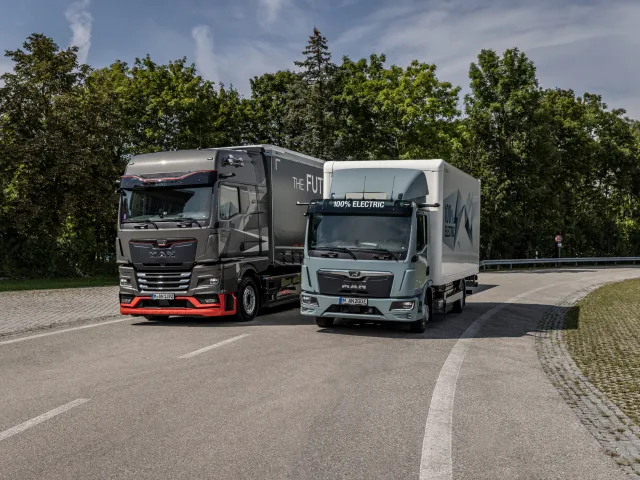
Dr. Gorbach outlines that hydrogen has the unique ability to store and transport renewable energy on a large scale, which becomes especially important when connecting Element renewable power generation—often remote or intermittent—with industrial users and fleets that require constant, high-capacity energy.
Beyond Efficiency: A Broader View of Impact
Dr. Gorbach is careful to note that the hydrogen Element debate must move beyond mere technical efficiency. While critics sometimes argue that hydrogen is less efficient than direct electrification, Gorbach argues that this viewpoint overlooks practical realities.
“It’s not just about energy conversion efficiency,” he explains. “It’s about the broader system impact—what works best when you consider the needs of logistics operators, the geographical diversity of Europe, and the limitations of grid infrastructure.”
Indeed, relying solely on battery-electric trucks would require a massive and costly expansion of Europe’s electrical grid, not to mention potential delays due to planning and regulatory constraints. A diversified energy strategy that includes hydrogen would provide more flexibility and reduce bottlenecks.
Infrastructure Development: A Cost-Effective Dual Track
One of the most pressing needs in this hydrogen-powered future is the rapid expansion of refueling infrastructure. Dr. Gorbach points out that building out Element hydrogen infrastructure alongside electric charging stations is not only feasible but also more cost-efficient than attempting to electrify all road freight transport using one technology.
Coordinated infrastructure development—rather than competition between hydrogen and electric charging—will yield the best results in terms of cost, coverage, and utility. Public-private partnerships, clear regulatory frameworks, and targeted subsidies will be crucial to scaling up both networks in tandem.
Political Will: The Deciding Factor for Europe’s Technological Leadership
Europe still has the chance to lead globally in hydrogen and fuel cell technologies, but this opportunity is time-sensitive. Dr. Gorbach warns that success will depend heavily on political will and timely action. While the region boasts a strong industrial base and a history of engineering excellence, it must act decisively to turn its potential into leadership.
“Whether this happens,” Gorbach notes, “is also a question of the political will to act.”
European policymakers must craft clear roadmaps, commit funding to infrastructure, and create a supportive regulatory environment that rewards early movers and innovation. Otherwise, Europe risks falling Element behind other regions—such as Asia and North America—where hydrogen investments are already scaling up rapidly.
Daimler Truck’s Commitment to a Hydrogen Future
Daimler Truck is not waiting for external momentum; it is investing Element heavily in both battery-electric and hydrogen-powered vehicles. The company currently offers 11 battery-electric trucks across various global markets and is actively testing hydrogen fuel cell vehicles in collaboration with key customers.
Five transport companies are now participating in initial customer trials with the Mercedes-Benz GenH2 Truck, a prototype hydrogen-powered long-haul truck. These trials are essential for gathering real-world data on performance, reliability, and operational costs.
The company’s long-term goal is clear: by the end of 2026, Daimler Truck plans to place 100 hydrogen-powered trucks into broader customer trials, moving one step closer to full Element commercialization.
Fuel Cells Made in Europe: The Cellcentric Initiative
A major enabler of this hydrogen vision is cellcentric, a 50:50 joint venture between Daimler Truck and Volvo Group focused on fuel cell systems. This Element collaboration combines the strengths of two industry giants to drive down costs, accelerate innovation, and scale up production.
Cellcentric is already developing the next generation of fuel cell systems for heavy-duty vehicles and has plans to establish one of the largest fuel cell production facilities in Europe. The plant, located in Weilheim an der Teck in southern Germany, will be a cornerstone of Europe’s hydrogen ecosystem.
This initiative not only supports Daimler’s vehicle roadmap but also boosts Europe’s industrial value chain by creating jobs, enhancing manufacturing Element capabilities, and reinforcing the region’s energy independence.
Hydrogen’s Strategic Role in Europe’s Transport Future
The hydrogen economy is no longer a distant vision—it is becoming a strategic necessity. For Europe, the use of hydrogen in freight transport offers a way to meet climate goals without compromising on economic resilience or industrial competitiveness.
As Dr. Andreas Gorbach Element eloquently argues, betting on hydrogen is not a gamble—it’s a pragmatic response to a complex, multi-dimensional challenge. The journey to net-zero emissions in transport will not be powered by one solution alone. Instead, it will require the intelligent combination of technologies, clear political direction, and bold industrial Element leadership.
If Europe chooses to act now, it can secure its place as a global Element leader in clean transport technologies—and hydrogen could be the smallest element with the biggest impact.
